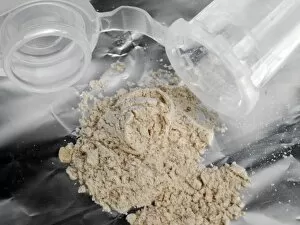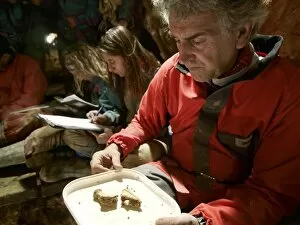Department Of Genetics Collection
The Department of Genetics is at the forefront of groundbreaking research in the field of paleogenetics
All Professionally Made to Order for Quick Shipping
The Department of Genetics is at the forefront of groundbreaking research in the field of paleogenetics. With cutting-edge techniques and state-of-the-art facilities they can unraveling the mysteries of our ancient past by extracting fossil DNA from various archaeological sites. One such site is Sima de los Huesos in Spain, where extensive excavations have taken place. The department's dedicated team has unearthed remarkable finds, including a Homo heidelbergensis thigh bone (C018 / 6378), providing invaluable insights into our evolutionary history. Through meticulous extraction processes, fossil DNA has been successfully obtained from multiple specimens found at Sima de los Huesos. Notable examples include C018 / 5398, C018 / 5400, C018 / 5399, C018 / 5402, C018 / 5405, C018 / 5410, C018 /5727 and C018/5728. These genetic materials hold immense potential for understanding the genetic makeup and relationships between different hominin species. The Department of Genetics continues to push boundaries by employing advanced methodologies to analyze these precious samples. By comparing ancient DNA with modern human genomes, they aim to shed light on key aspects such as migration patterns and interbreeding events that shaped our ancestors' story. This pioneering work not only enhances our knowledge about early humans but also contributes to broader scientific fields like anthropology and archaeology. It underscores the importance of interdisciplinary collaboration in unraveling humanity's complex tapestry.
















